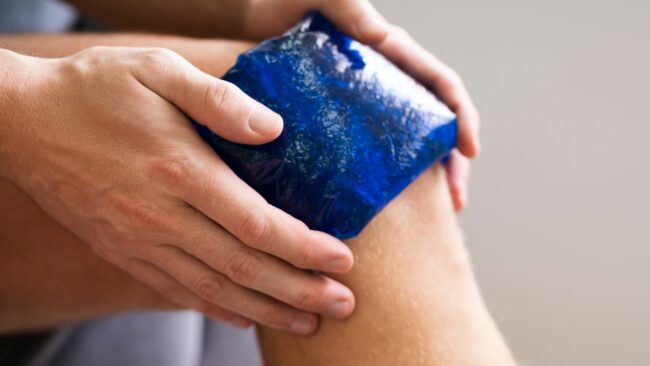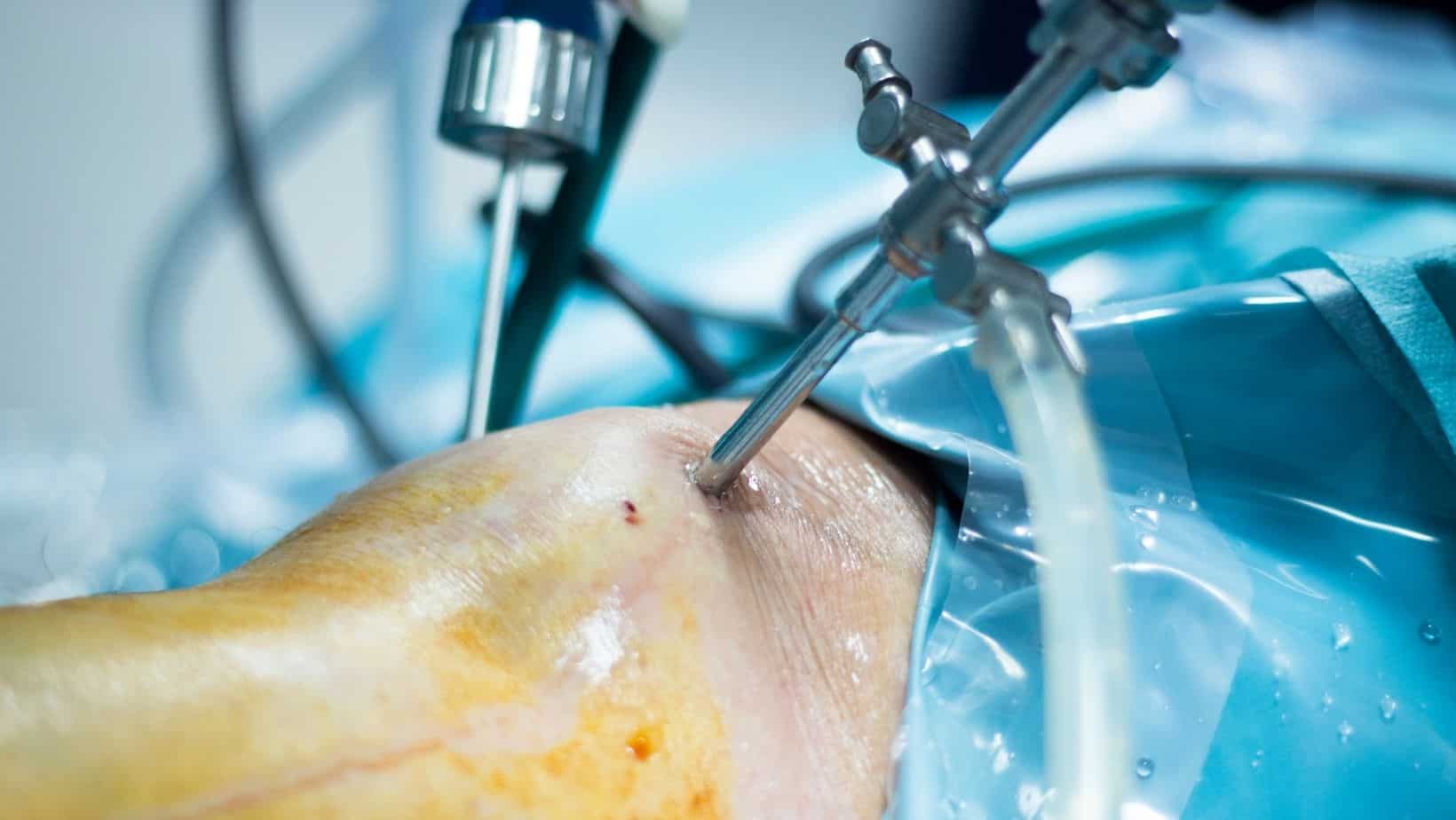Osteochondritis Dissecans
Read More >
Osteochondritis dissecans is a painful condition caused by overload to a joint. It is most common to occur between the ages of 10 and 20 years. Boys have are 4 times more likely than girls to develop OCD. Incidence of juvenile OCD is 3 times higher between the ages of 12 and 19, comparted to between 6 and 11 years (Kessler et al, 2013). There is damage to the tissue and a progressive injury that can result in the separation of the cartilage and bone at a joint. The joints most commonly affected are the knees, elbow and ankle, but it can occur elsewhere. You can read more about this condition in our related article: Osteochondritis Dissecans.
There are various forms of treatment and management that can effectively reduce symptoms and improve the function of the joint with osteochondritis dissecans. The most effective by far is early diagnosis and rest from strenuous activity especially impact exercise.

In the initial phase, the joint needs to be rested from aggravating activity to allow inflammation and irritation to settle. In most cases this will reduce pain and swelling. This offloading can be supplemented with the use of a knee brace for osteochondritis dissecans which can help support the joint in a stable alignment. In severe cases the joint may need to be completely rested from any activity, so a cast or crutches may be provided to ensure this.
Most cases of OCD will recover within 2-4 months with rest and no other intervention. Most individuals will be able to return to sport and all the previous activities that they did before this injury occurred.
Physical therapy may be effective during the period of rest or immobilisation, to maintain strength and flexibility at the affected joint as well as the rest of the body. A physical therapist is experienced in providing alternative exercise that can be done that will not impact the recovery of OCD at that particular joint. For example if OCD has affected the knee, the individual might be able to swim using a pool buoy to immobilise their legs. This will maintain some cardiovascular fitness to improve their speed of return to sport once the injury has resolved.
In less advanced cases, specific exercise around the joint may be possible without impacting recovery. These exercises can improve muscular strength and flexibility to provide better stability of the joint and more efficient movement of the joint.
The prognosis is OCD that is managed without surgery depends on several factors including the health and fitness of the individual, the extent of damage and the compliance to treatment, exercises and rest. Typically the recovery process will take 2-4 months.

If symptoms do not improve with rest, joint braces or a cast and physical therapy, then surgery may be required. Additionally if there is a separation of the cartilage and bone, and a loose body within the joint or a large lesion then this may be the necessary treatment option. Surgery can remove loose bodies from within the joint or can be used to stimulate the healing process.

Healing time after surgery varies greatly, depending on what procedure is done. The area of surgery may need a period of complete non-weight bearing to allow for healing. This may be a long time for weight bearing joints such as the knee, of 2-8 weeks of non-weight bearing or partial weight bearing.
A microfracture surgery drills small holes through the cartilage and into the bone allowing blood to reach the damaged area. A blood clot will form at this site and will eventually turn into fibrocartilage, covering the area with this protective layer.
In the most severe cases fixation of bone fragments may be needed to stabilise the joint. Loose fragments will be pinned or screwed into the correct place, with the desired effect that they will heal back together. Bone grafting may be necessary if it is not possible to pin or screw the loose fragments to the joint.
In most cases, the individual will be able to return to full function. The longer the injury has persisted and the extent of the damage will play the largest role in determining the time of recovery. In most cases without surgery this is 2-4 months, and following surgery maybe 4-6months before it is possible to return to full activity and sport.
As with many injuries to a joint, particularly weight bearing joints, there is an increased risk of osteoarthritis or earlier onset of osteoarthritis (Tan et al, 2021). An injury has cause damage to the joint, and even it it recovers and has healed well it leaves a joint that does not have the same structure and resilience to use as an uninjured joint.
This is not medical advice. We recommend a consultation with a medical professional such as James McCormack. He offers Online Physiotherapy Appointments for £45.